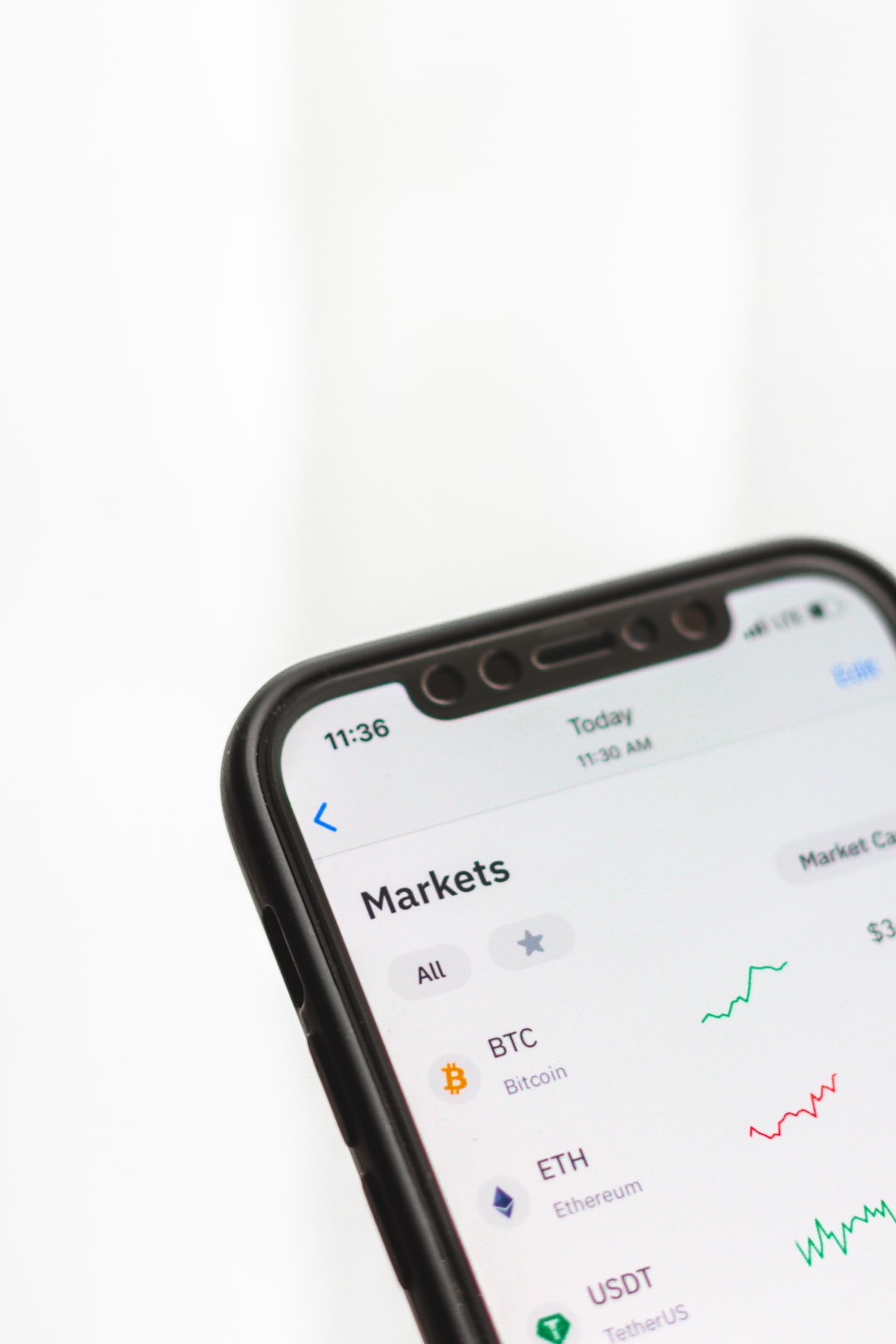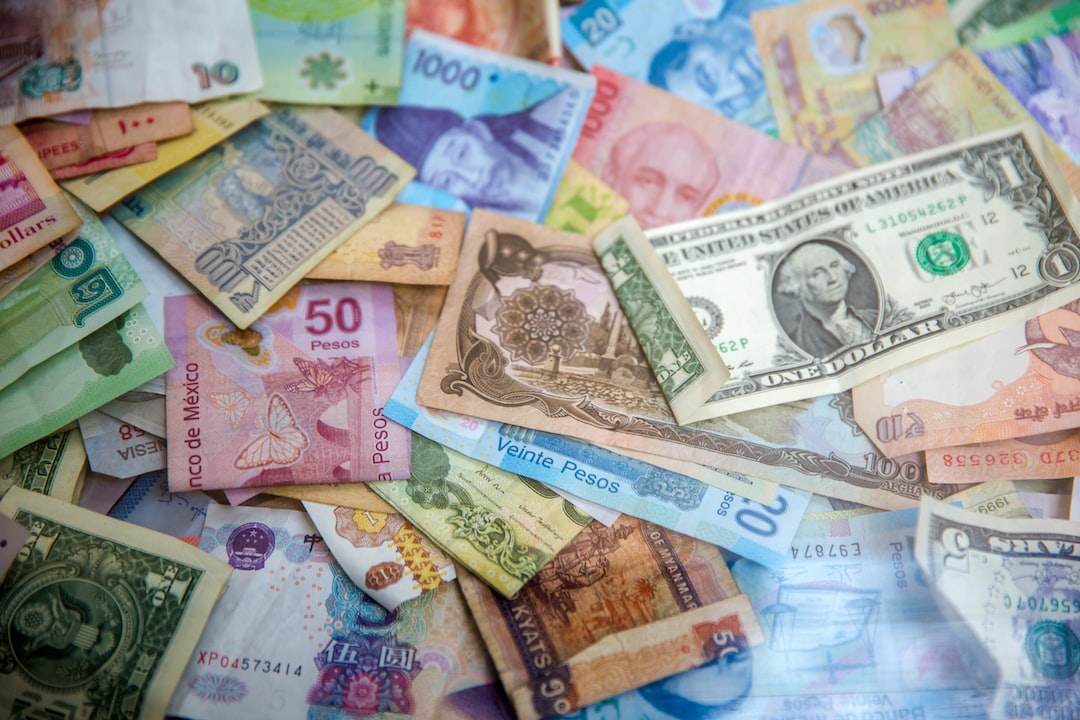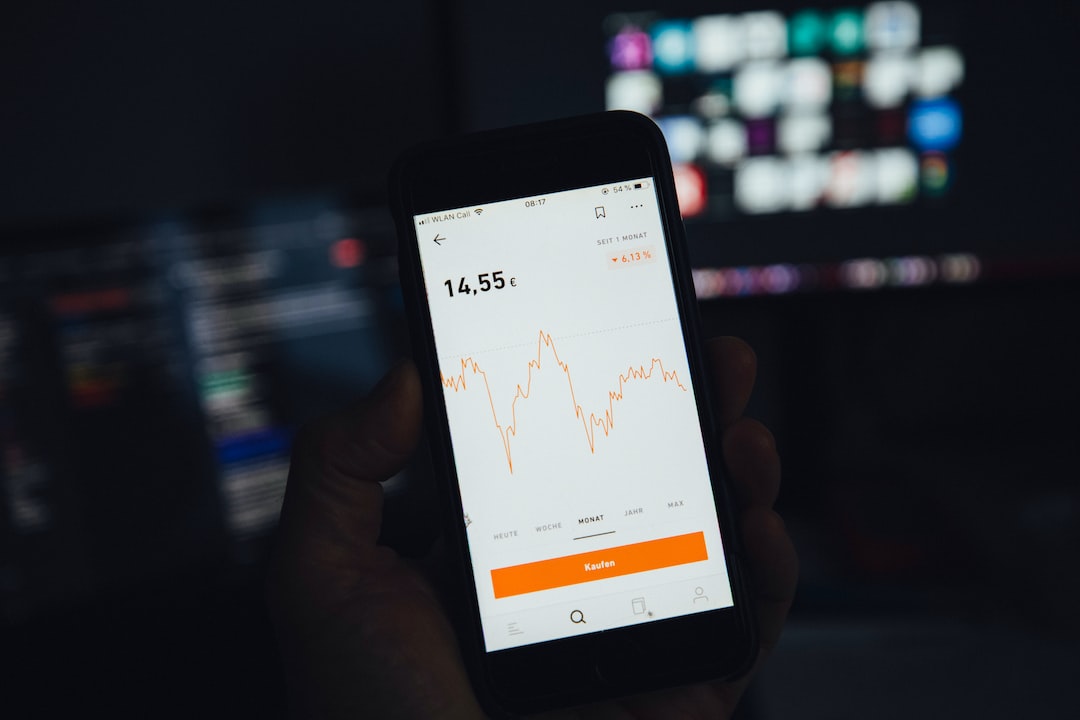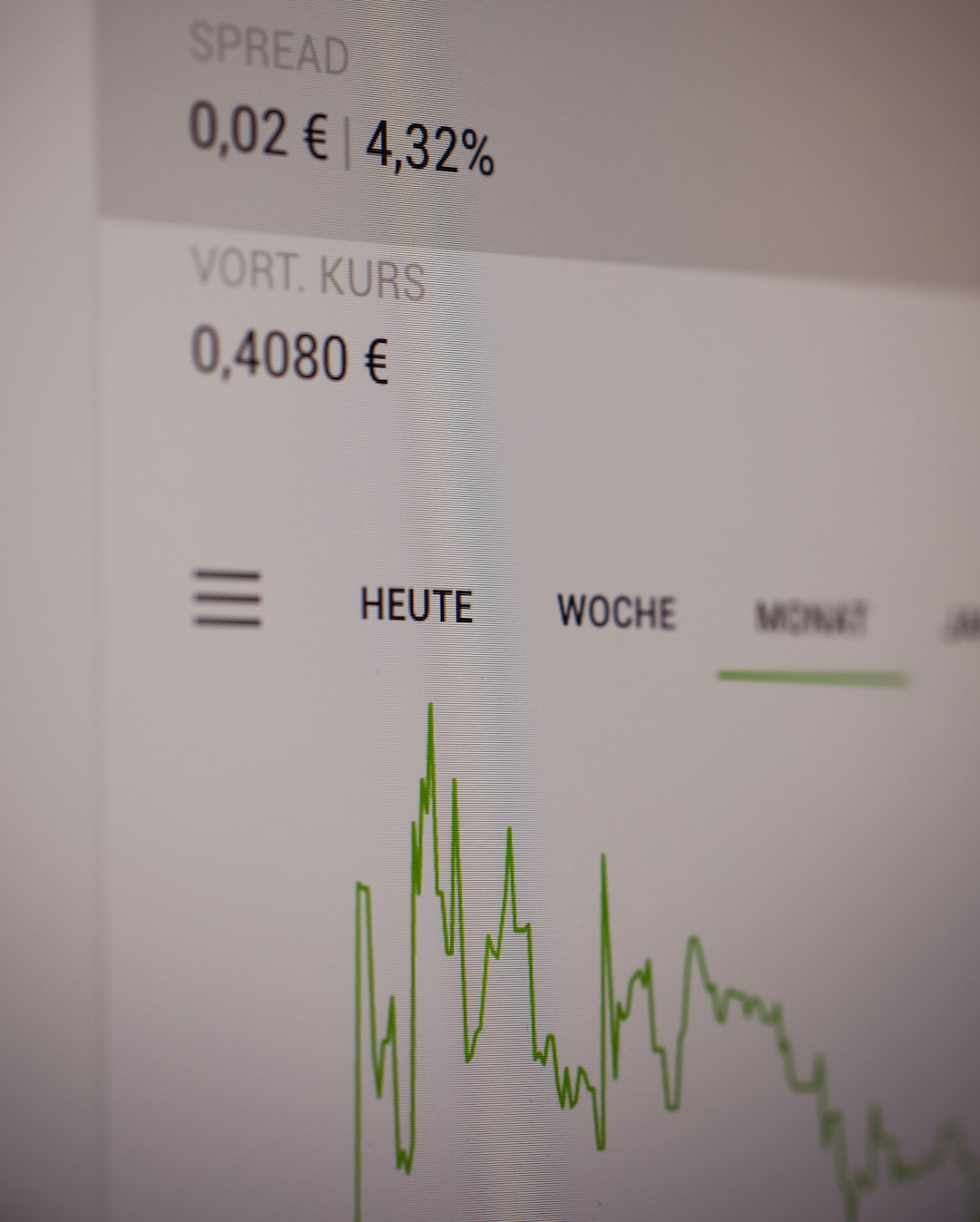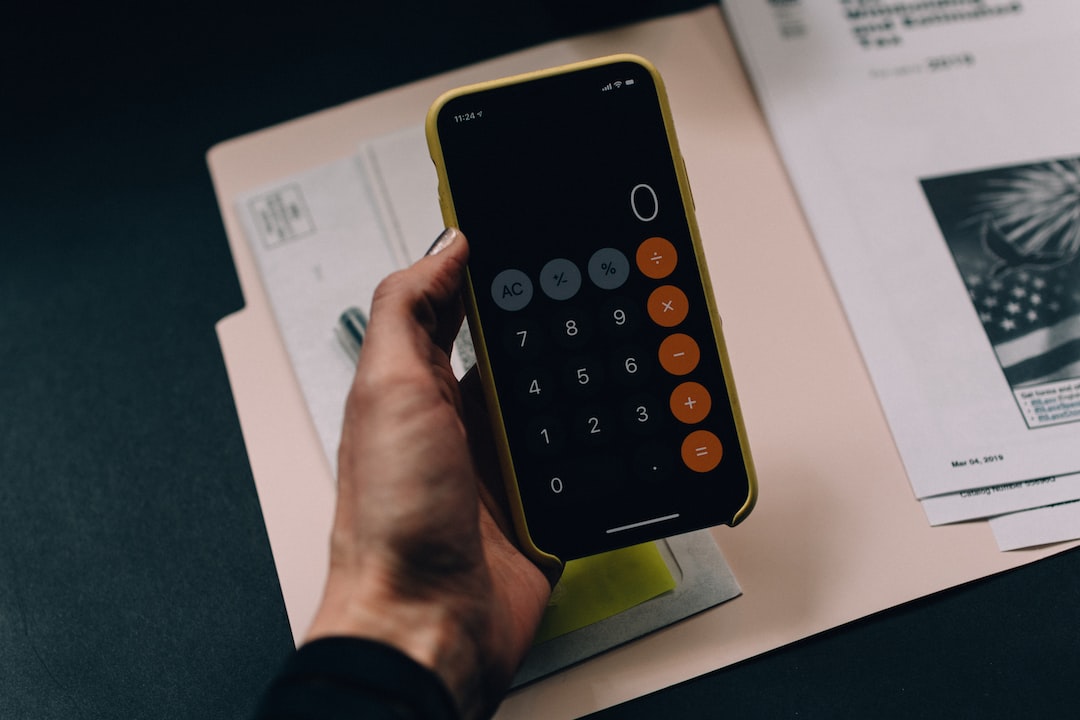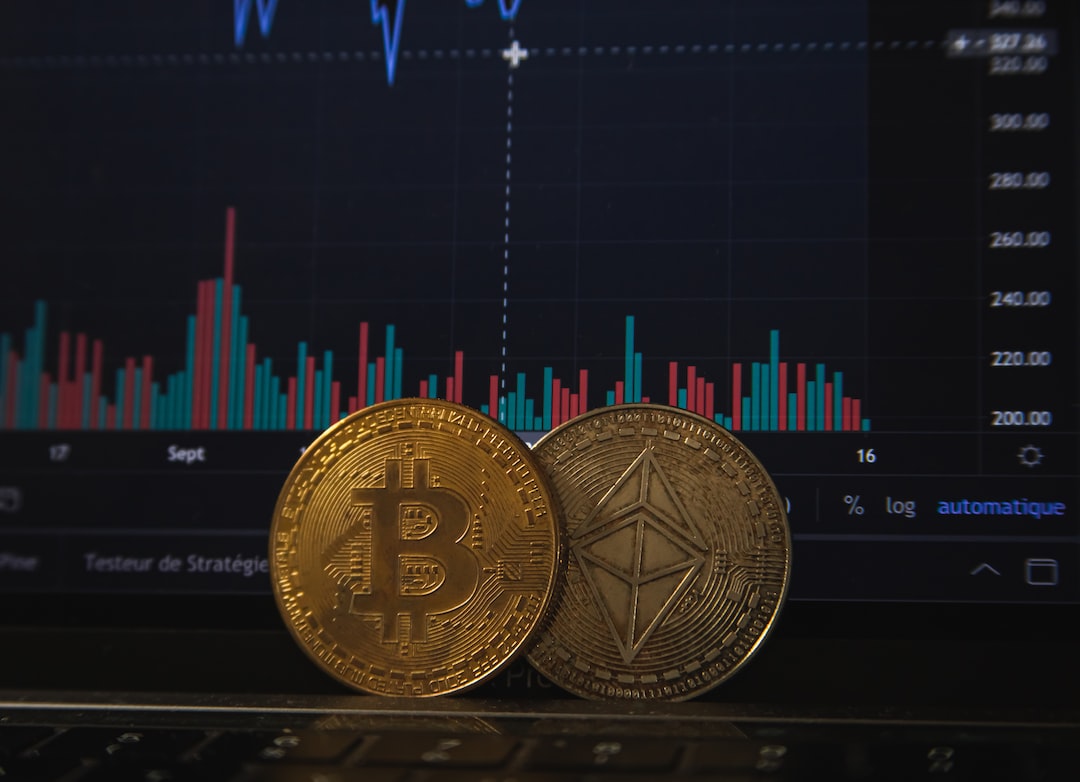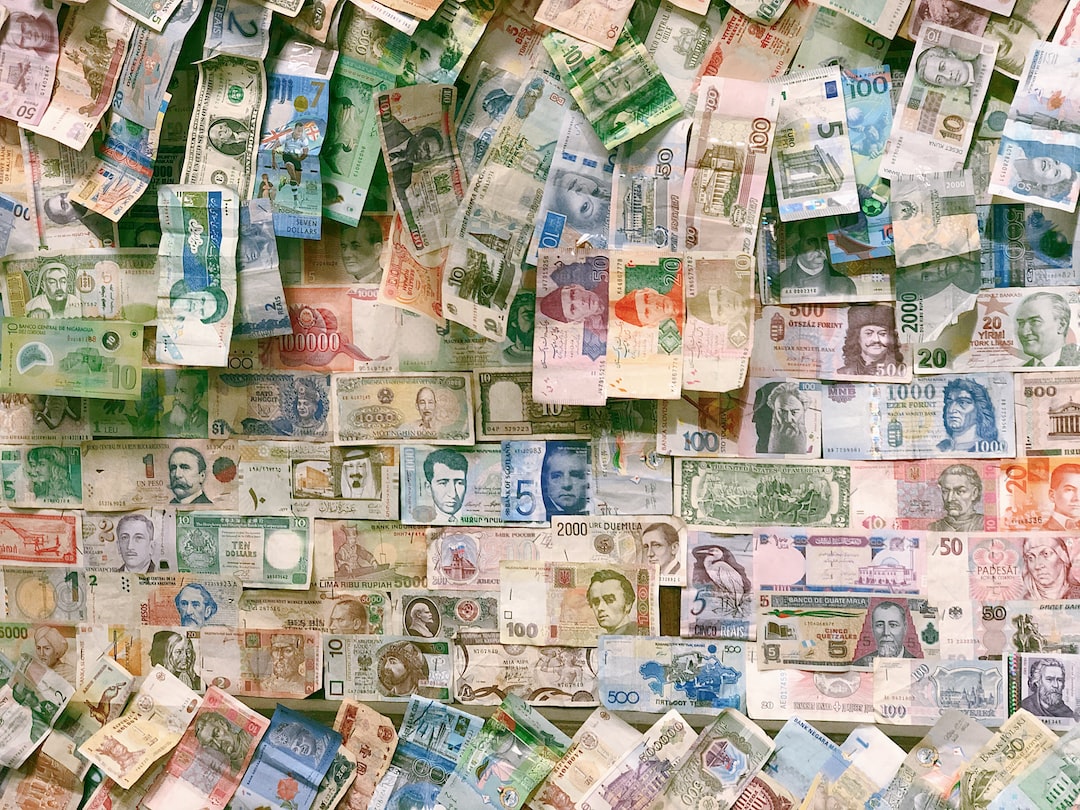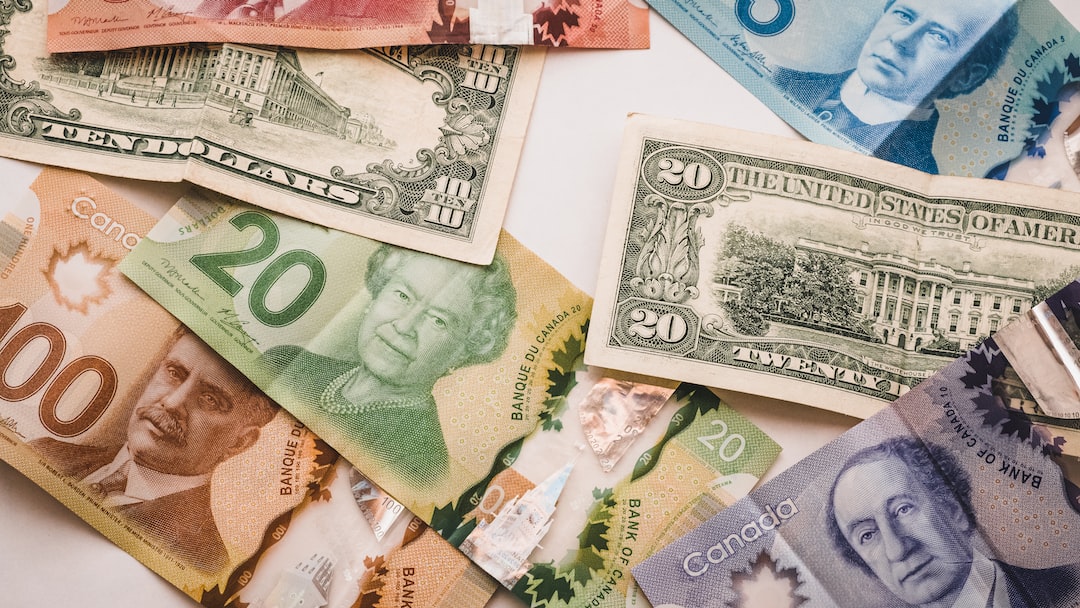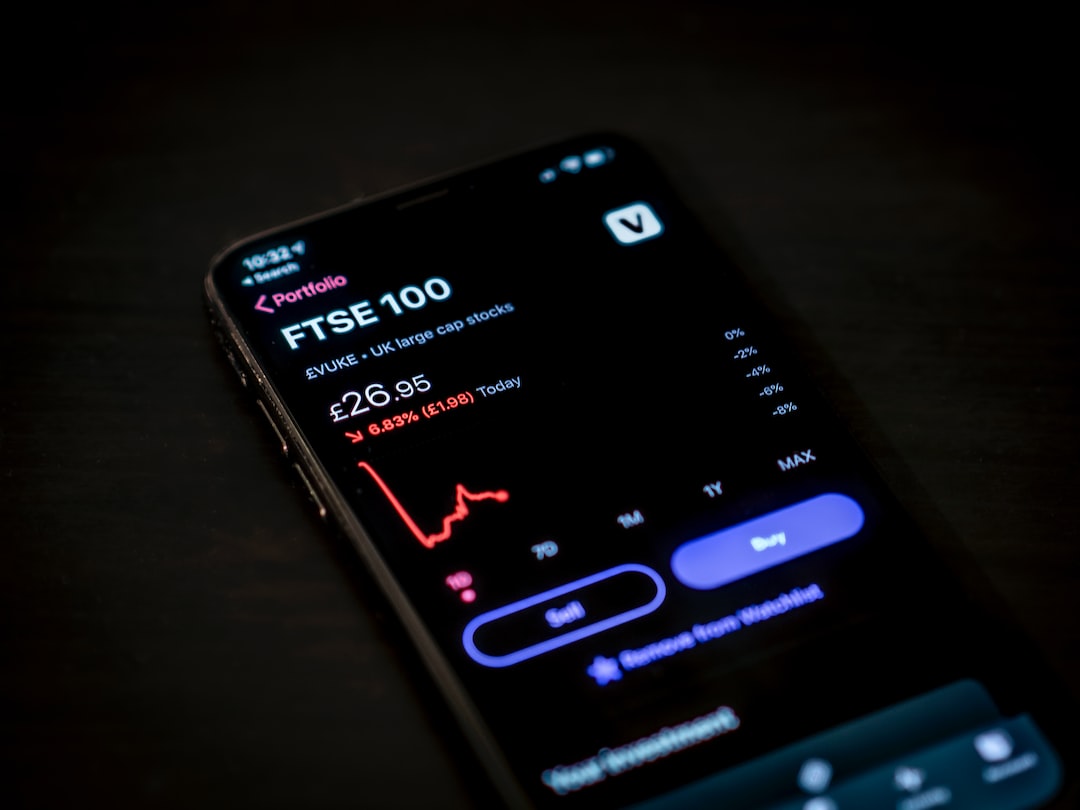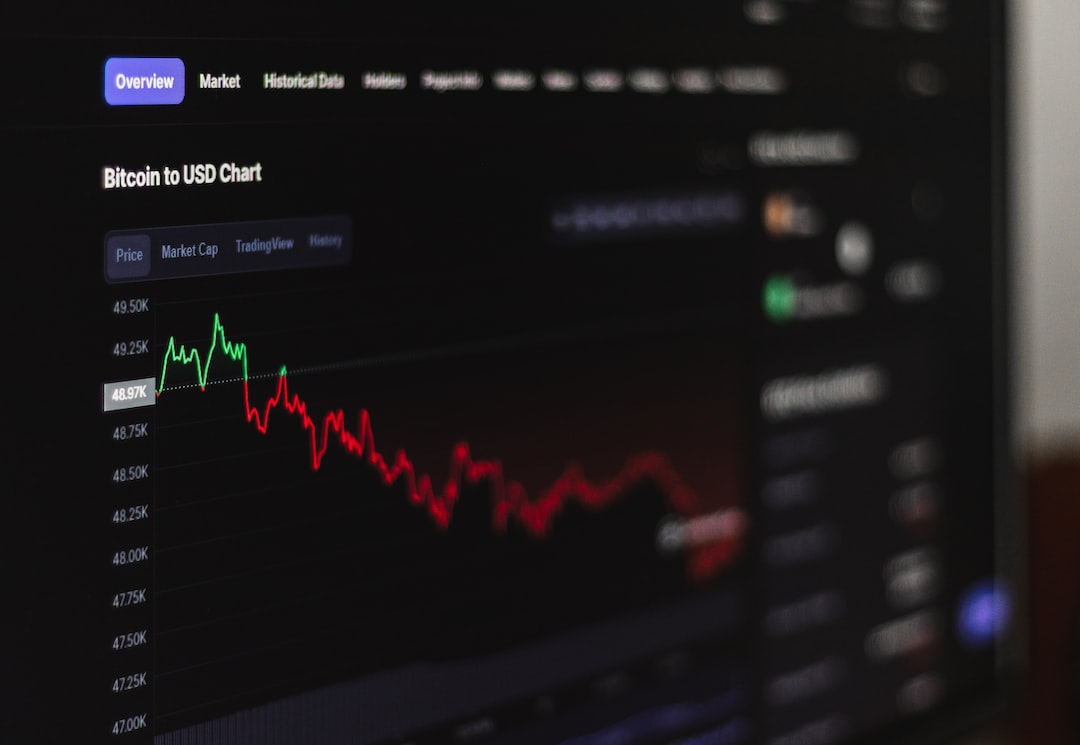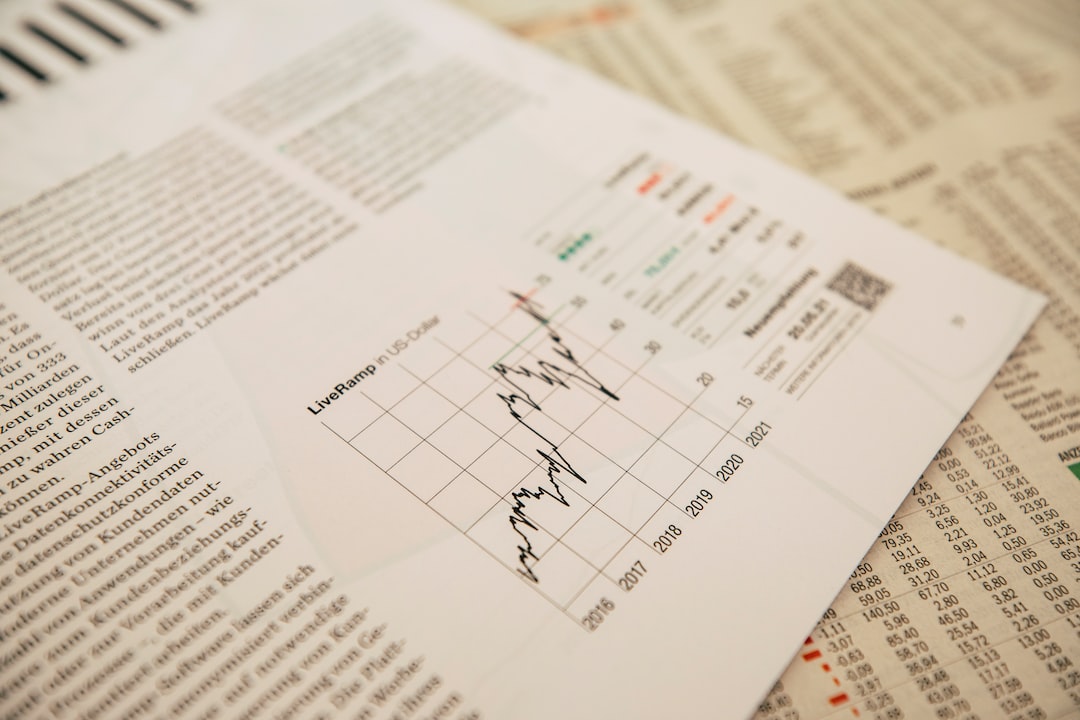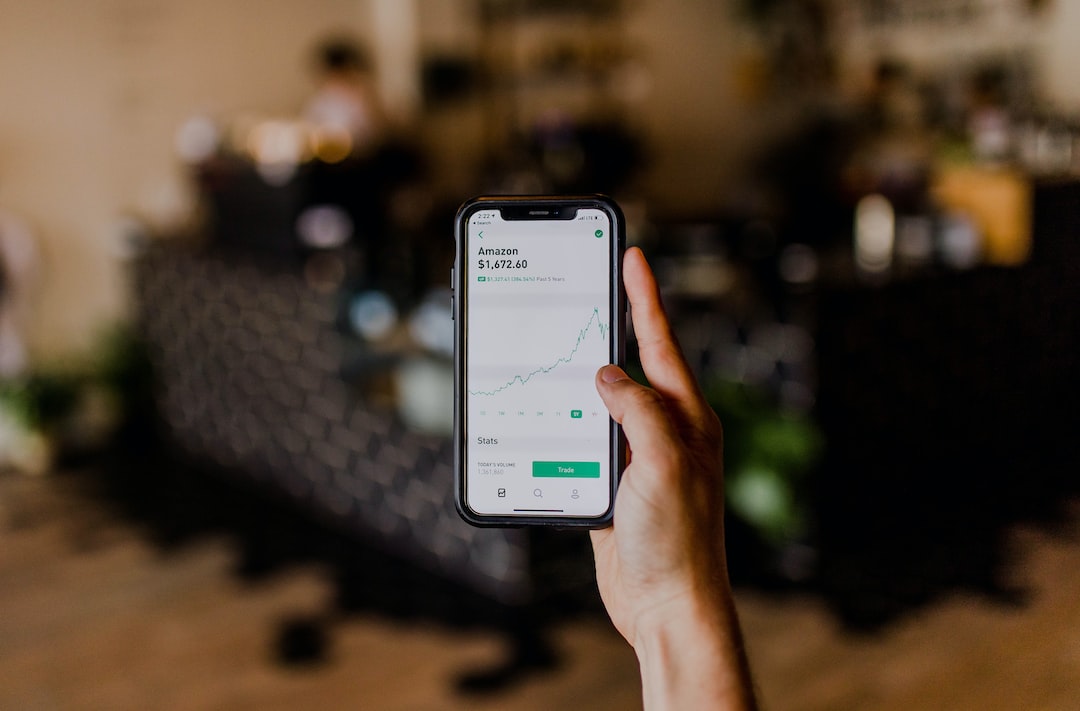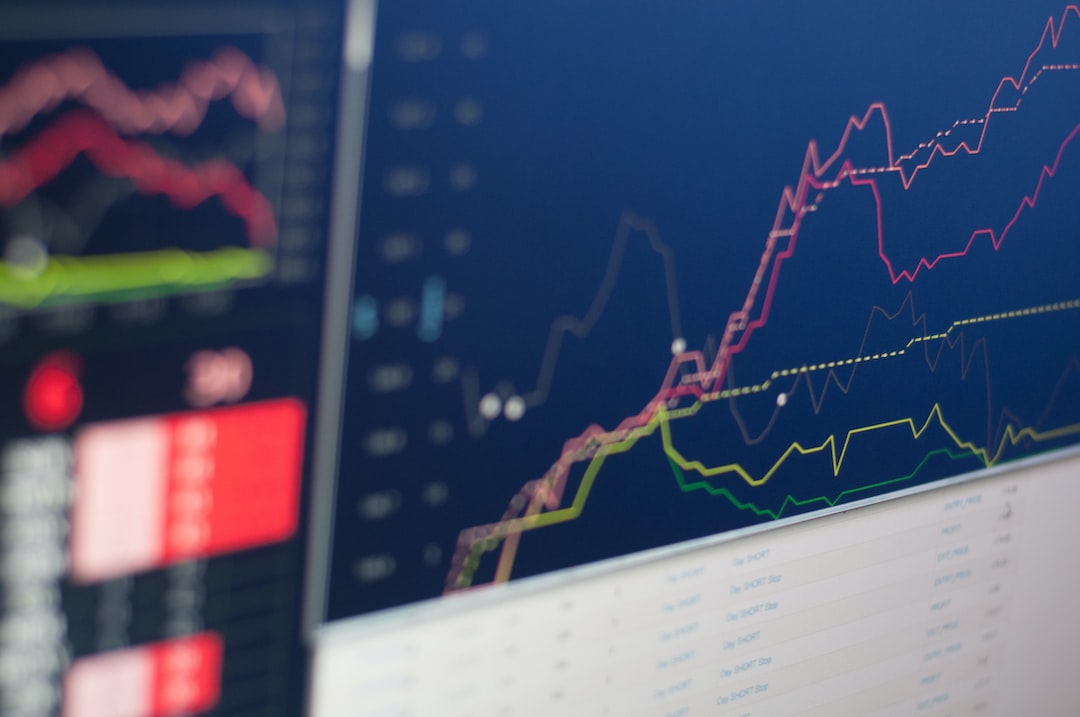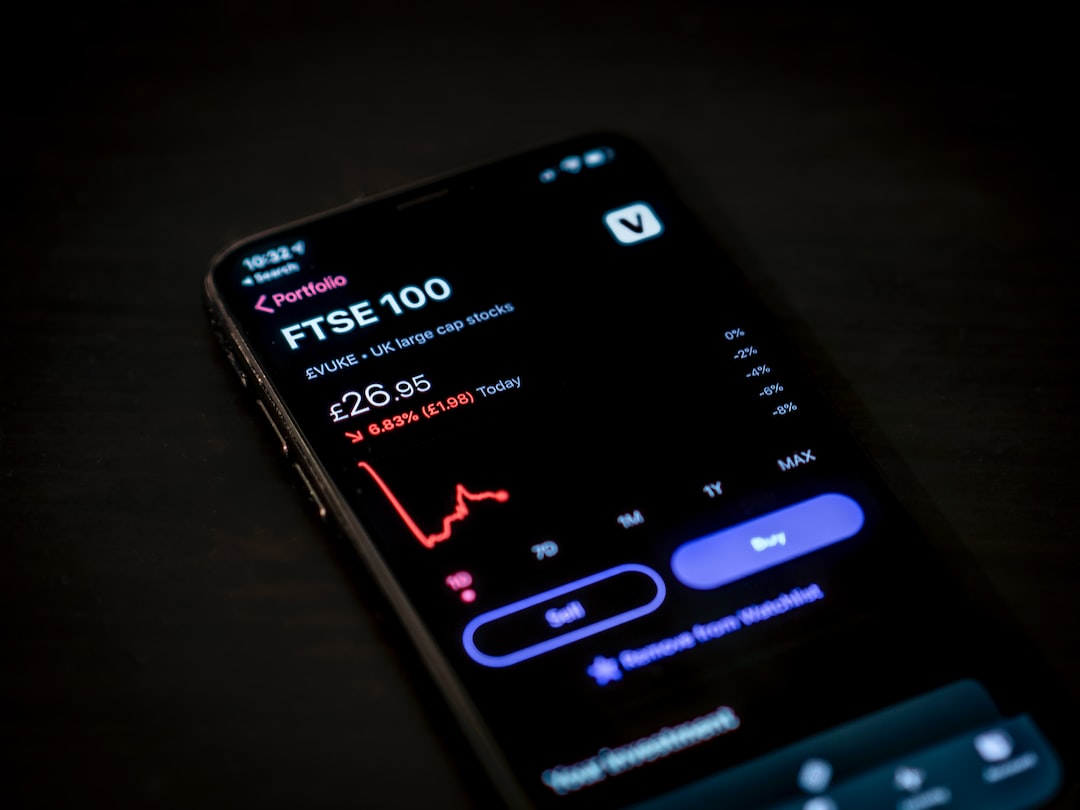The Legal Implications of Pyramid Scheme Forex: Know Your Rights as an Investor
Forex, short for foreign exchange, is a decentralized global market where the trading of currencies takes place. It is one of the largest and most liquid financial markets in the world, with trillions of dollars being traded daily. However, like any other investment opportunity, there are risks involved. One of the risks that investors need to be aware of is the potential for pyramid scheme forex.
Pyramid schemes are illegal in most countries, including the United States, as they operate by promising high returns on investment through a hierarchical structure. In this structure, participants at the top recruit new participants who then recruit new participants, and so on. The money from new recruits is used to pay off older participants, creating a never-ending cycle of recruitment and payments. Inevitably, the pyramid collapses when it becomes impossible to recruit new members and pay off existing participants.
In the context of forex, pyramid schemes can be particularly dangerous as they exploit the complexity and lack of understanding of the forex market by unsuspecting investors. These schemes often promise guaranteed returns and use aggressive marketing tactics to lure in new participants. They may claim to have a secret trading strategy or insider information that will generate massive profits. However, in reality, they are simply using the money from new investors to pay off earlier participants.
As an investor, it is crucial to be aware of the legal implications of pyramid scheme forex. Participating in such schemes can have severe consequences, including financial loss and even legal trouble. Here are some key points to consider:
1. Pyramid schemes are illegal: Pyramid schemes are illegal in most jurisdictions because they are considered fraudulent and deceptive practices. Promoting or participating in a pyramid scheme can lead to criminal charges and hefty fines.
2. Due diligence is essential: Before investing in any forex opportunity, it is important to conduct thorough research and due diligence. Check the credentials and track record of the company or individual offering the investment opportunity. Look for any red flags, such as promises of guaranteed returns or high-pressure sales tactics.
3. Be skeptical of unrealistic promises: Pyramid schemes often promise unrealistic returns on investment. If an investment opportunity sounds too good to be true, it probably is. Forex trading carries inherent risks, and no legitimate trader or company can guarantee profits.
4. Understand the difference between legitimate forex trading and pyramid schemes: Legitimate forex trading involves buying and selling currencies on the forex market to profit from fluctuations in exchange rates. It requires knowledge, skill, and experience. Pyramid schemes, on the other hand, focus on recruiting new participants rather than trading currencies.
5. Report suspected pyramid schemes: If you come across a suspected pyramid scheme, it is important to report it to the relevant authorities. In the United States, you can report pyramid schemes to the Federal Trade Commission (FTC) or the Commodity Futures Trading Commission (CFTC).
6. Seek legal advice if you have been a victim: If you have fallen victim to a pyramid scheme forex, it is advisable to seek legal advice. An experienced attorney specializing in investment fraud can help you understand your rights and options for recovery.
In conclusion, pyramid scheme forex is a serious issue that investors need to be aware of. Recognizing the signs of a pyramid scheme and understanding your rights as an investor can help protect yourself from falling victim to fraudulent practices. Remember, if an investment opportunity sounds too good to be true, it probably is. Stay informed, do your due diligence, and seek professional advice when needed.


